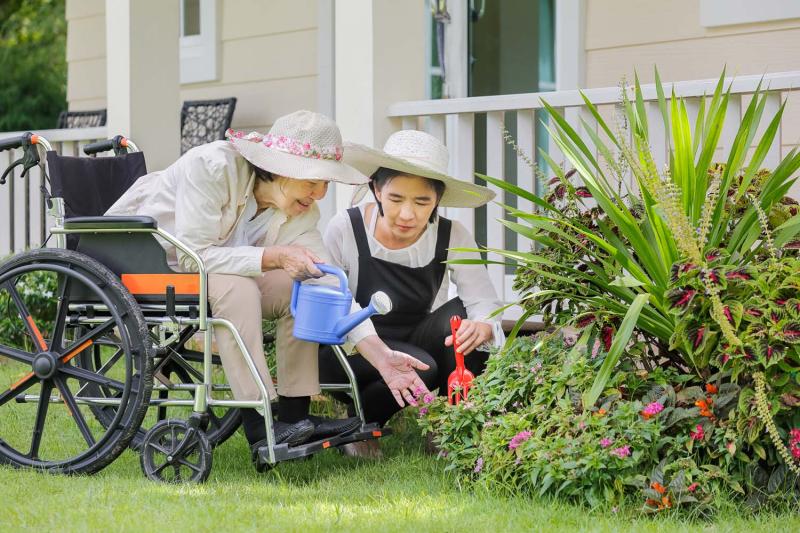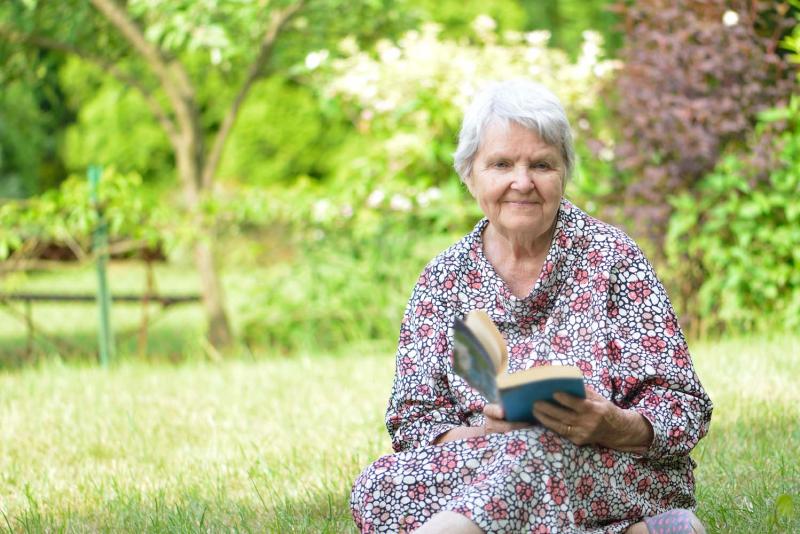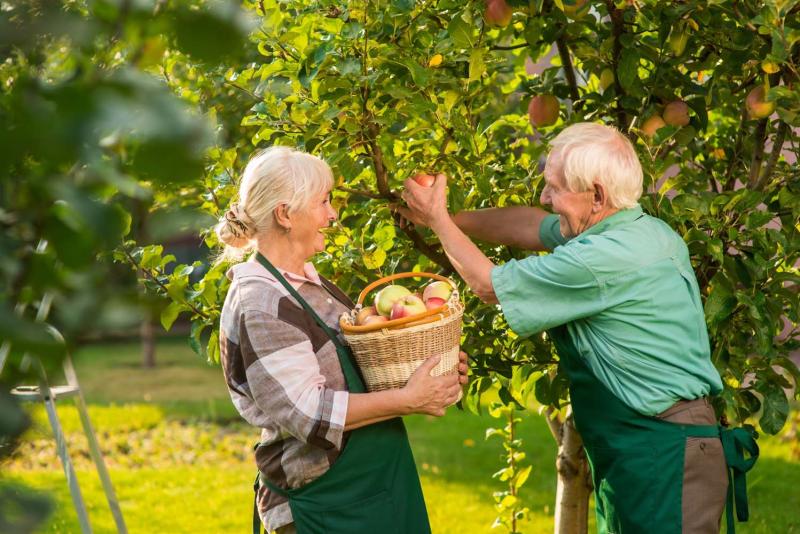This evidence theme is a summary of one of the key topics identified by a scoping review of meaningful lifestyle activities in aged care. The review identified important considerations for the inclusion of nature-based activities in aged care, including indoor nature interventions, therapeutic horticulture, benefits of nature-based interventions, and the barriers preventing older adults from accessing gardens and outdoor spaces.
Indoor nature interventions
Interventions were split into ‘active’ interventions that included tactile interaction with real forms of nature, such as gardening and horticulture, and ‘passive’ interventions where residents could observe and appreciate forms of real nature, such as aquariums, garden views, and nature corridors. [2] The evidence to support the benefits of indoor nature interventions provided in residential aged care was inconsistent. However, higher quality studies in one review reported that indoor gardening and horticulture programs were effective for the cognition, psychological wellbeing, social outcomes, and overall life satisfaction of residents [2].
The lack of conclusive evidence in this area is perhaps related to the variation in types of indoor nature-based interventions and delivery of both active and passive activities. Further research is required to determine whether indoor nature interventions can provide meaning to people involved in aged care activities.
Therapeutic horticulture
Therapeutic horticulture is often used as an intervention in residential aged care to improve general wellbeing. Interventions can include wander gardens, where residents can appreciate the environment, plant growing, including hands-on caretaking, and commercial-based growing where produce is grown to sell. [3]
Many benefits of horticultural programs in residential aged care facilities have been identified. These include:
- Increased levels of physical activity
- Increased life satisfaction
- Improved subjective happiness
- Improved social connectedness
- Lower blood pressure
- Reduced levels of social isolation and loneliness
- Reduced levels of depression. [4, 5]
Individuals who participated in horticulture programs appreciated the end products and were satisfied with the fruit and vegetables they had grown. [5] They also reported social connection, hope, and a sense of achievement and companionship. The progression in task complexity of gardening activities allowed tailored participation for individuals, allowing older people with physical limitations to participate in meaningful activities. [5]
Barriers to gardens and the outdoors
Outdoor areas in aged care facilities should be accessible, attractive, and safe, allowing independent access for residents. Exposure to the outdoors can improve mood, calm agitation, and maintain a sense of continuity and identity, particularly for residents living with dementia. [6] In reality, people with dementia living in residential aged care facilities experience significant barriers to gardens and outdoor spaces. These barriers include:
- Safety concerns (including the risk of falls, altercations with other residents, and the perceived need for ongoing supervision)
- Security (high fences)
- Design and condition of outdoor areas (safe walking spaces and cleanliness)
- Physical layout of residential care homes (upper floors and ‘dead ends’)
- Locked doors or gates, keypads, fitted alarms, and disguised doors leading outside
- Weather events and seasons. [6]
These barriers can result in residents feeling controlled and imprisoned, unable to autonomously access garden areas, and feeling dependent on the permission of others to be able to go outside. This results in further hesitation to enjoy outdoor areas when staff do encourage outdoor activity.
Facilitators to garden and outdoor access
The layout and design of outdoor areas were considered important to facilitate engagement in nature-based activities. It was important to residents that these spaces include greenery that they could interact with, touch and smell, and pathways that were visible, smooth and level allowing safe passage. Readily available comfortable seating, shade, and shelter were also important elements. Staff preferred areas that were easily visible from inside, with fences for safety. [7]



